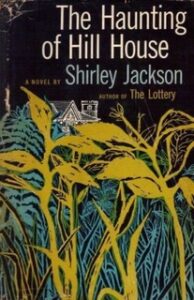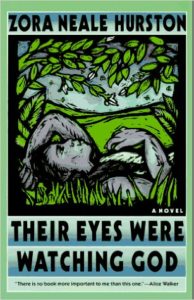Feeling a Bit Better…

That’s odd. Writing about the recent death of two friends somehow improved my mood. I have the mental energy now to get back to the gloomy subject of my last two blog posts.
Last week, I told you what I think about the state of the US economy. And I made some predictions, none of which were good. I predicted:
* Higher inflation
* A deeper recession
* Deflation of real estate
* The collapse of NFTs and most cryptocurrencies
* At least one more major stock market plunge – as much as an additional 30%
* And, possibly, the end of the dollar as the world’s reserve currency
The CPI index, which is now 8%, will move towards double digits next year. The negative GDP growth we’ve experienced over the last two quarters will continue. And those “robust” job reports that the Biden administration has been touting – they will soon be inverted into massive layoffs and record-breaking unemployment.
The stock market will drop at least another 30%, bringing investor assets down to half of what they were a year earlier. Government bonds and savings accounts will offer paltry returns of less than 5%, while inflation passes 10%. Gold might go up. Some commodities might go up. Energy stocks might do well. But none of that seems certain.
What does feel certain is that, because of the size of the problem this time, the US economy is not going to spring back to pre-2022 levels in a year or two, as it did in past corrections.
It’s foolish to try to predict both the level and the timing of a future economic event. But I’m going to go out on a limb and say that the stock market (and other financial markets) will not regain the losses they will be suffering in 2023 for at least five, and possibly as many as 10, years.
And that will all happen even if the dollar somehow manages to hold its place as the world’s reserve currency. But there are many reasons it may be toppled this time. And if that happens, things may get even worse than the grim picture I’ve just painted.
Why trust me?
You shouldn’t take what I’m saying here as gospel. But you should take it seriously. Because if I’m right, it’s going to affect your life in a very substantial way. It’s not as though I’m an economic analyst who has won a Nobel Prize. (See last week’s bit on Bernanke.) I did predict the last big market crash prior to 2008. And I have been able to manage my investments in such a way that they have always gone up. But I could be wrong going forward. Keep that in mind as you read on.
As you probably know, I’ve been in the investment publishing business for 40 years. During those four decades, I’ve had a catbird’s seat to watch all the major corrections. I was watching and writing about the stock market on Black Monday in 1987. I was managing a crew of market analysts during the eight-month drop that took place three years later. I was supervising a larger group of analysts during the dot.com crash of 2000.
I was also there when the sub-prime bubble burst at the end of 2007 and ushered in the Great Recession. That led to the $10 trillion sell-off of 2015 and 2016, the cryptocurrency crash of 2018, and the 20+% correction (so far) this year.
If you were reading my thoughts about the economy and investing during that time, you know that my position has always been to leave the money I already had in stocks in stocks. There were some minor positions I had in speculative companies. But for 90+% of my stock portfolio, my position was to hold on and wait.
There is, by the way, a ton of research that supports that position. Investors that diversify their stocks and hold onto them through down periods have always done much better than investors that have tried to sell high and buy low.
And until now, I’ve felt the same way. For good reason…
Since the stock market was created in 1792, the US economy has been in a state of non-stop growth. We’ve had recessions, and even the Great Depression. But the economy has always bounced back from every downturn and then gone on to achieve new heights. The stock market has followed suit. Despite minor corrections every two years or so, and major corrections every eight to 10 years, the overall trend has been upwards for 230 years.
So, yes, the US stock market has always recovered from its dozens and dozens of crashes and corrections. And there are good reasons to believe that it will recover from the current correction. The question is: When? How long will it take?
This time, things just may be different. The big problems we are facing – in terms of federal debt, private debt, and corporate debt, combined with so many negative political issues, such as the war on fossil fuels, the cost of mass immigration, the likelihood that the US will get even more involved in Ukraine or Taiwan (or elsewhere) – loom large. And the very real possibility that the dollar will be abandoned in favor of national digital currencies could mean we won’t recover as before.
These challenges could be how things are for another five to 10 years. Maybe longer. So, here is how I’m changing the advice I’ve been giving for anyone that expects to tap into their stock account inside the next 10 years. If you are counting on the value of your stock portfolio to stay, more or less, at its current level into the 2030s, you should seriously consider converting some of your stock positions to financial assets that will not be diminished by falling stock prices.
Click here for an article by John Csiszar that identifies eight places you can put your money that will keep it safe from stock market dips and crashes: Treasury bills, CDs (Certificates of Deposit), high-yield savings accounts, TIPs (Treasury Inflation-Protected Securities), fixed annuities, money market accounts, high-dividend stocks, and preferred stocks.
 MarkFord
MarkFord





